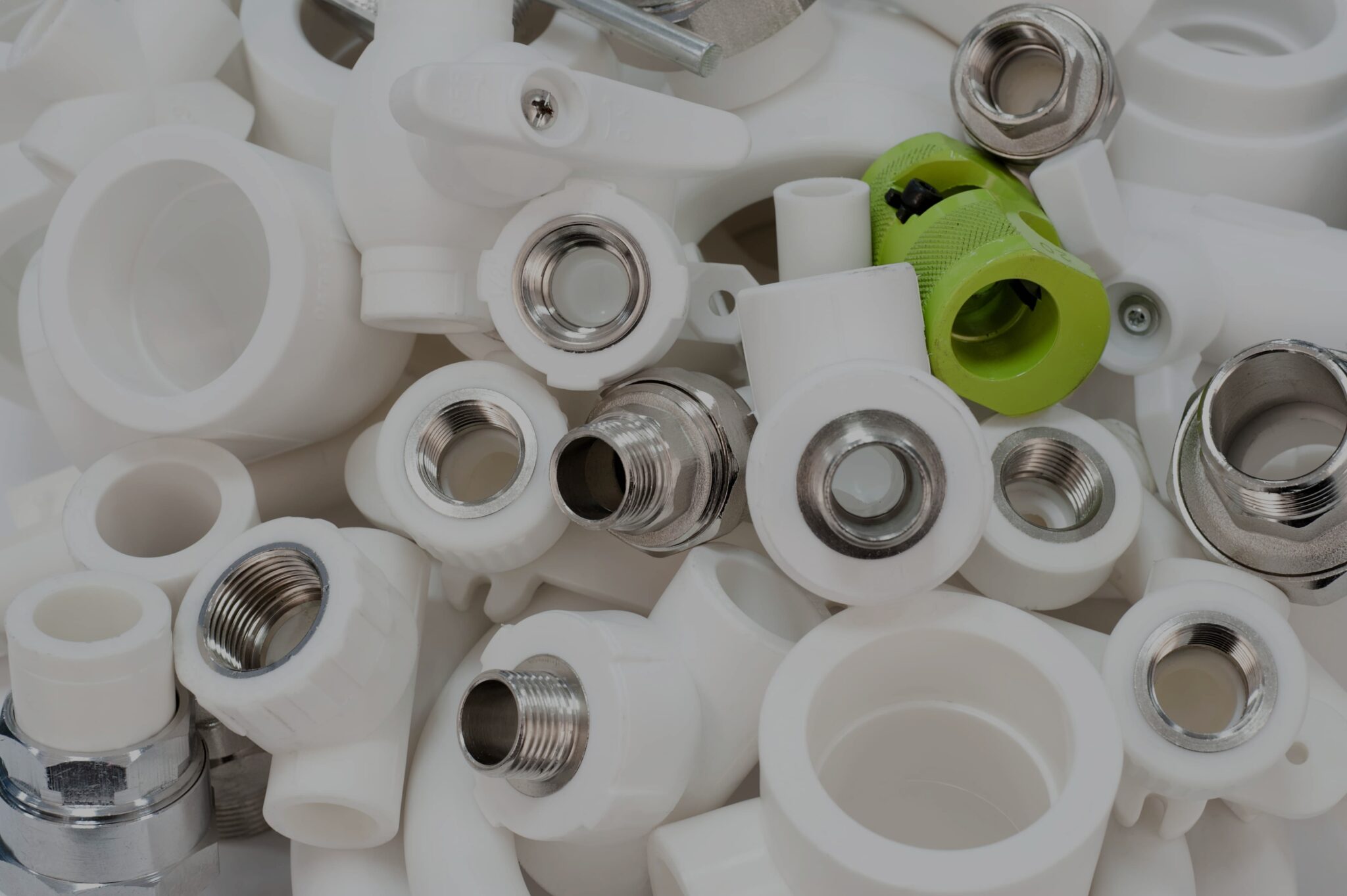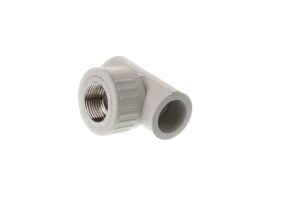

Originally published on fastradius.com on January 28, 2021
Insert molding is an injection molding process that is related to overmolding, but is distinct in a few key ways. Whereas overmolding refers to injecting a second resin onto a firmer plastic substrate — which allows product teams to mold ergonomic devices, power tools grips, and rubber gaskets directly onto pre-existing parts without creating additional manual labor — insert molding is the practice of loading a preformed component (typically metal) into a mold before the plastic material is injected.
The technique of using inserts in injection molding enables designers and engineers to efficiently add threaded metal inserts to plastic parts, embed metal electrical components inside protective plastic housings, or create common hand tools like scissors and screwdrivers.


As a process, insert injection molding is more easily controlled and can provide better results than other methods for encapsulating metal components within plastic parts. Automotive, medical, and electrical manufacturers, as well as those operating in consumer goods, beauty, and other industries, are increasingly taking advantage of insert molding technologies. However, in order to maximize the benefits of insert molding, product teams should take certain design and process considerations into account.
When designing custom molded inserts, product teams should adhere to common DFAM best practices, incorporating rounded knurling, avoiding sharp corners, and optimizing draft angles. While undercuts (also known as mechanical locks) will increase the complexity and cost of any part, incorporating an undercut into the insert mold design provides the part with greater pull-out strength.
A good rule of thumb when designing inserts is to ensure that they stay small relative to the plastic part in which they are embedded. Generally speaking, the insert should extend a minimum of 0.016” (0.4 mm into the cavity of the mold), and, in order to prevent sink marks in the plastic, the molding beneath the insert should be a minimum of one-sixth the insert’s diameter.
One common production flaw associated with this technique is delayed cracking in the plastic surrounding the metal insert. If the molded-in hoop stress of the insert is not taken into account, the two portions of the part can easily separate as the injected resin shrinks and cools, and become ruined (operating under the assumption that the plastic surrounding the insert experiences strain equivalent to the mold shrinkage). Using toughened, more durable resins is advised, as these materials offer better elongation and fracture-resistance properties.
Material bonding is another common concern with many insert molding applications. While overmolded parts can take advantage of the chemical bonds that form between layers of different thermoplastic resins, metal inserts do not form chemical bonds with overmolded plastics. The metal and plastic components must therefore be designed to mechanically bond with one another.
A key advantage of molding threaded inserts into plastic components is that doing so can improve the part’s mechanical qualities. The metal increases the strength and durability of the overall part, for instance, which is useful for device shells and electronics housings. Mating components can also be outfitted with metal bushings or sleeves to increase abrasion resistance and extend the part’s lifetime.
Good prototyping habits are key to cost-effective insert molding — which is why product teams should test their designs early. Prototyping is critical to identifying design and performance issues, as well as anticipating potential defects that could develop over time. A well-designed end-use test program includes, for example, testing how a part’s components perform in the anticipated temperatures and environmental conditions of their end-use. Detecting and resolving errors before production begins also helps to keep production cycles short and accelerates time-to-market.
It’s vital that the tooling used to manufacture the mold is held to precise tolerances, which helps to ensure that the insert is accurately placed or suspended within the mold when the molten material enters.
Most insert molding is done in a vertical press because it’s easier to load the hardware without it falling out of place. If production volume is high enough, it may be worth investing in a robotic or automated system for loading the inserts into the molds, but most low- to mid-volume jobs require manually placing the inserts into the mold. This increases unit cost and labor time, but is typically the more economic option for production runs of these sizes.
Insert molding ultimately takes the complexity out of fixing components together to create strong parts without the need for assembly or secondary steps that could drive up production costs. While similar to overmolding in many ways, insert molding is compatible with a wider range of material options and end-use applications — in fact, it’s often used to create the housings for critical medical devices like pacemakers and other implants.
That said, insert molding can be a tricky business. That’s why teaming up with an experienced manufacturing partner like SyBridge is the most reliable way of ensuring that parts meet key material, performance, and tolerance thresholds without extending production timelines or breaking the bank. Contact us today to learn more about our insert molding services.
Forget typical cycle times. We're pushing the boundaries of conformal cooling. While traditional approaches deliver…
Forget typical cycle times. We're pushing the boundaries of conformal cooling. While traditional approaches deliver…
From left to right: Brayden Janak (apprentice); Logan Vifaquain (CNC machining, Programming and CMM); Ron…
SyBridge Technologies is proud to announce we have been awarded the 2023 General Motors Supplier…
Today, designers and engineers are accustomed to working with digital tools in their day-to-day jobs.…
Optimizing Your Injection Molding Process for Cost-Effective Manufacturing Excellence In today’s competitive landscape, manufacturers are…